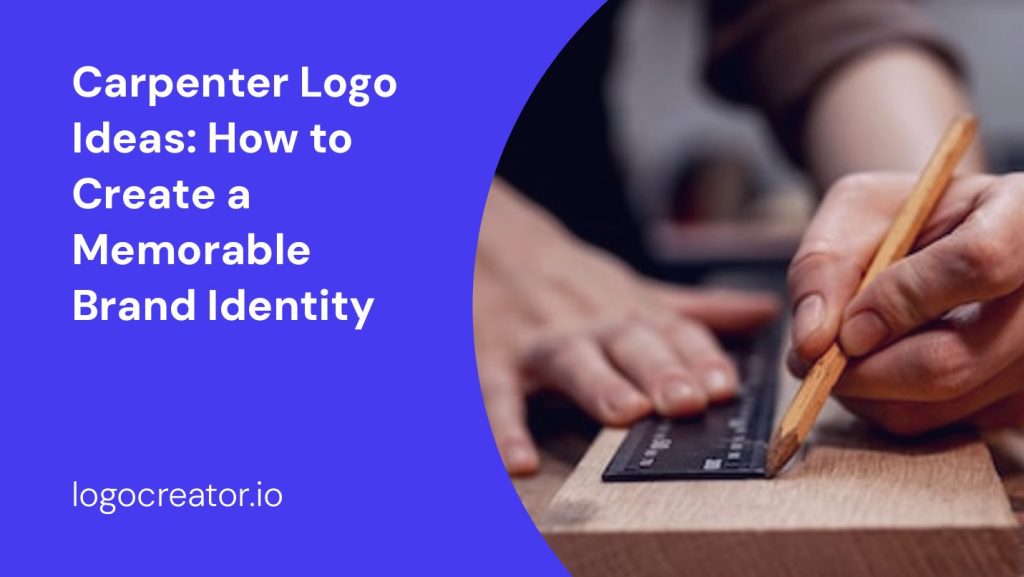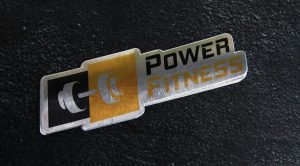As a carpenter, having a strong brand identity is crucial for standing out in a competitive market. One of the most important elements of your brand is your logo. A well-designed logo can convey professionalism, skill, and trustworthiness to potential clients. In this article, we will explore some creative carpenter logo ideas and provide you with practical tips on how to create a memorable brand identity.
Importance of a Carpenter Logo
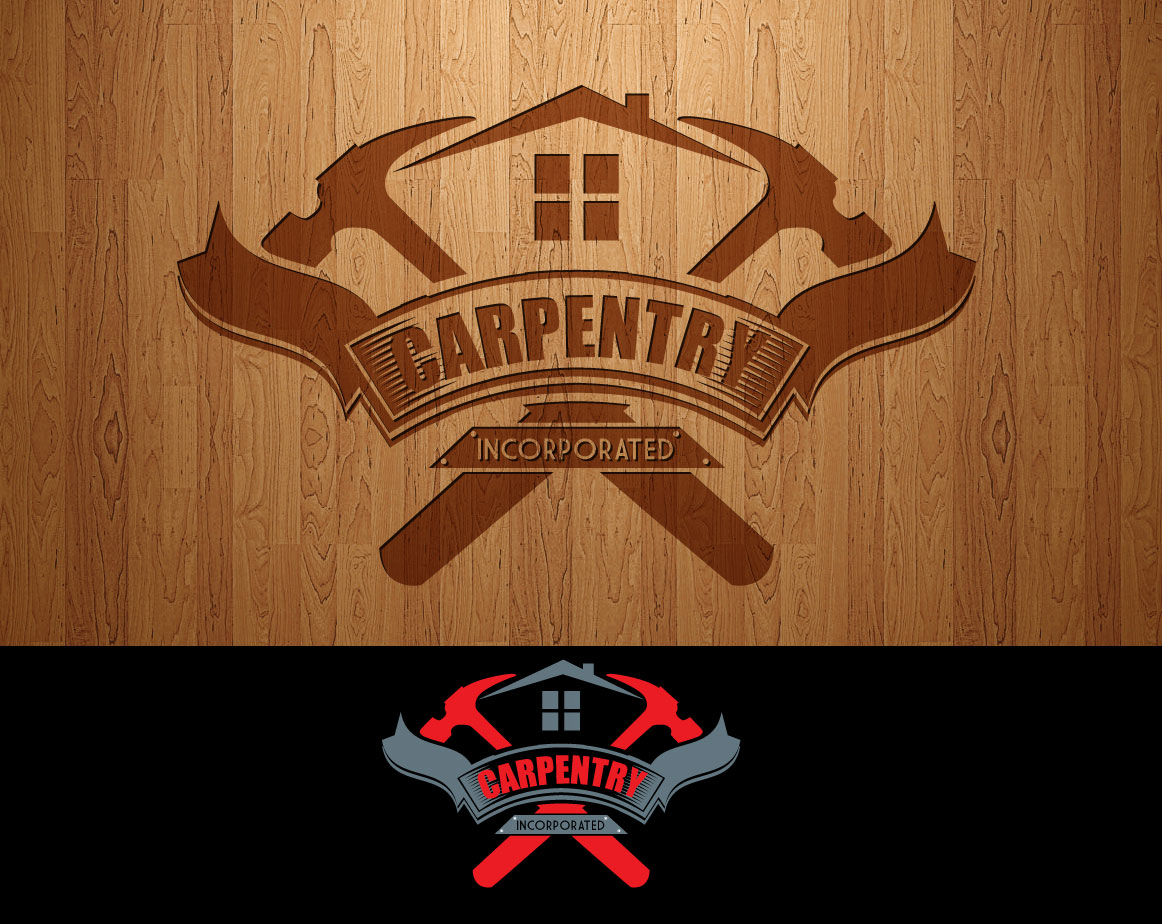
A logo serves as the visual representation of your carpentry business. It is the face of your brand and the first thing that potential clients see. A well-designed logo can leave a lasting impression and make your business memorable. Here are a few reasons why a carpenter logo is important:
- Brand Recognition: A logo helps clients identify and remember your business. When they see your logo on a vehicle, sign, or website, they instantly know it’s your company.
- Professionalism: A well-designed logo can make your business appear more professional and established. It shows that you take your craft seriously and are dedicated to providing quality services.
- Differentiation: In a crowded market, a unique and distinctive logo can set you apart from competitors. It helps potential clients recognize your brand and choose you over others.
- Trust and Credibility: A professionally designed logo can build trust and credibility with clients. It conveys the message that you are reliable, skilled, and capable of delivering exceptional carpentry services.
Now that we understand the importance of a carpenter logo, let’s explore some creative logo ideas that can help you craft a memorable brand identity.
Classic Tools and Equipment
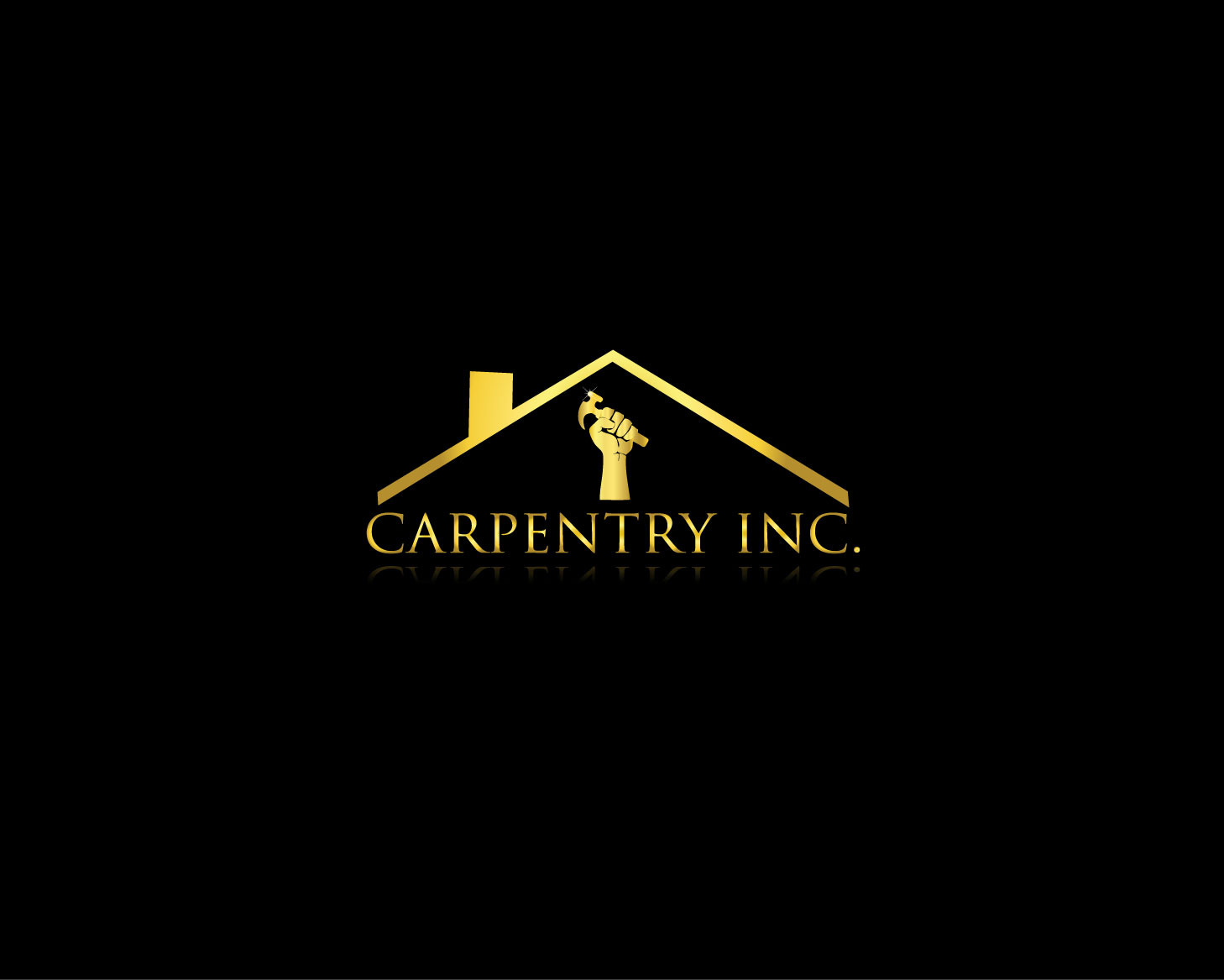
One way to create a logo that resonates with your carpentry business is by incorporating classic tools and equipment. These symbols instantly communicate your craft and expertise. Here are a few ideas to consider:
1. Saw Blade:
A saw blade is an iconic symbol of carpentry. It represents precision, accuracy, and craftsmanship. Incorporating a stylized saw blade into your logo can instantly convey the nature of your business.
2. Hammer and Chisel:
A hammer and chisel are essential tools for any carpenter. These symbols represent strength, skill, and attention to detail. Combining them in a logo can create a powerful visual representation of your business.
3. Wood Grain:
Using wood grain patterns in your logo can evoke a sense of nature, warmth, and authenticity. It reflects the materials you work with and can create a connection with potential clients who appreciate the beauty of woodworking.
Typography and Fonts
Another important aspect of a carpenter logo is the typography and fonts used. The right choice of fonts can convey the personality and style of your brand. Here are some typography ideas to consider:
1. Bold and Strong Fonts:
Using bold and strong fonts can evoke a sense of power, reliability, and durability. These fonts convey a no-nonsense approach and can be effective for carpenters who specialize in heavy-duty construction.
2. Handwritten Fonts:
Handwritten fonts can add a personal touch to your logo, making it feel more approachable and friendly. They can convey a sense of craftsmanship and attention to detail, which are essential qualities for a carpenter.
3. Clean and Modern Fonts:
If your carpentry business focuses on modern and minimalist designs, clean and modern fonts can be a good choice. These fonts reflect simplicity and sophistication, appealing to clients who prefer sleek and contemporary aesthetics.
Color Palette
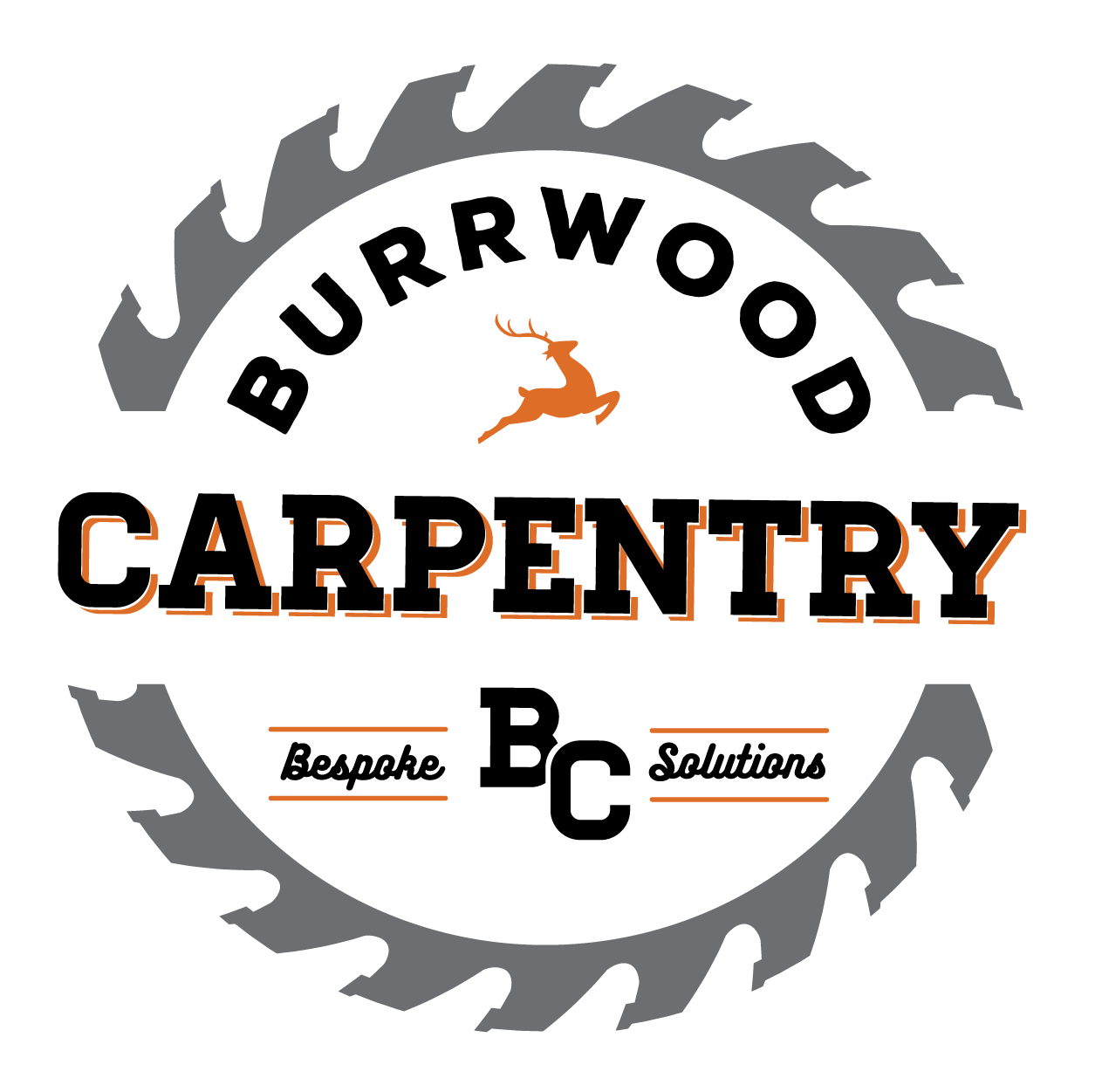
Choosing the right colors for your carpenter logo is crucial for creating an impactful visual identity. Colors evoke emotions and can influence how potential clients perceive your brand. Here are a few color ideas to consider:
1. Earth Tones:
Earth tones, such as browns, greens, and warm neutrals, can create a sense of connection with nature. These colors reflect the materials you work with and can convey a rustic, organic, and environmentally friendly image.
2. Bold and Vibrant Colors:
Using bold and vibrant colors can make your logo stand out and grab attention. Reds, oranges, and yellows can convey energy, enthusiasm, and creativity. These colors are especially effective for carpenters who specialize in custom or artistic woodworking.
3. Neutral and Minimalist Colors:
Neutral and minimalist colors, such as black, white, and shades of gray, can create a clean and professional look. These colors convey simplicity, elegance, and timelessness. They are often used by carpenters who focus on modern and contemporary designs.
Design Elements and Compositions
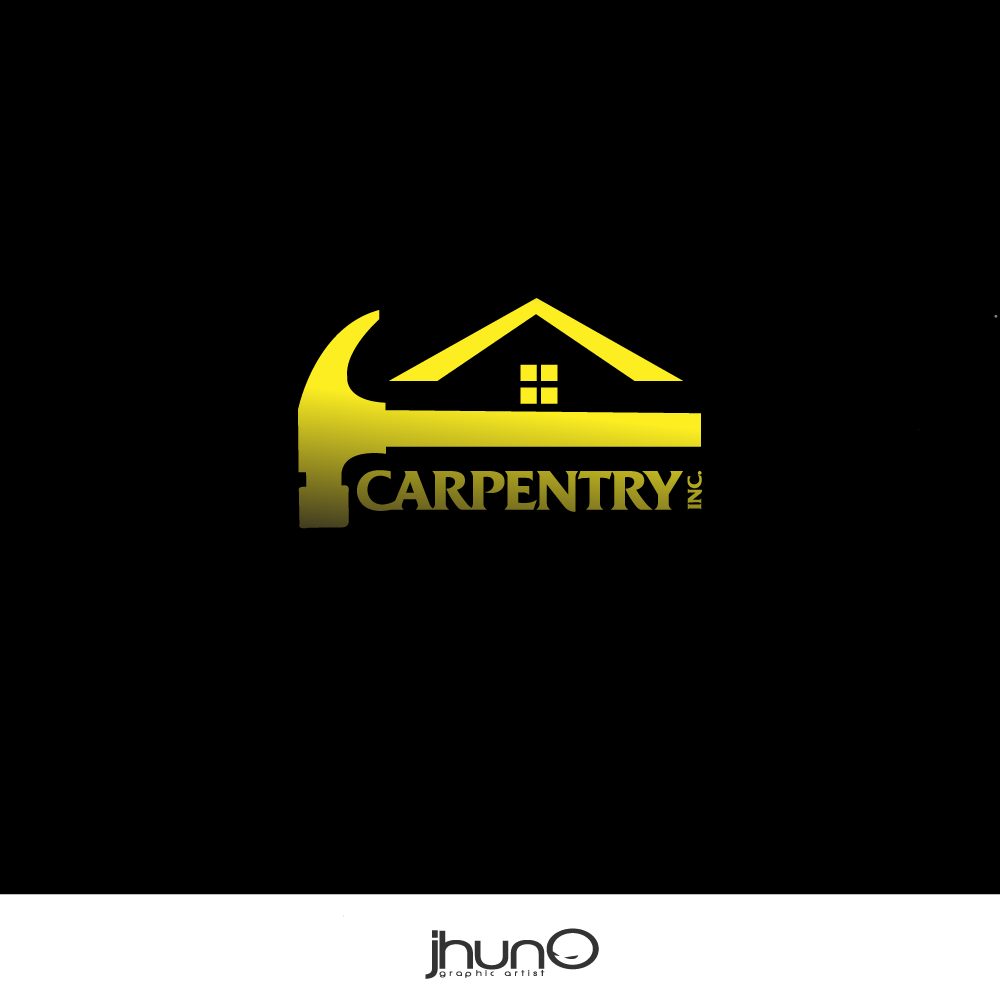
Incorporating design elements and compositions into your logo can add depth and visual interest. Here are a few ideas to consider:
1. Symmetry and Balance:
Using symmetrical designs can create a sense of order, stability, and professionalism. Symmetry can be achieved by mirroring elements or using geometric shapes. This approach works well for carpenters who value precision and accuracy.
2. Negative Space:
Incorporating negative space into your logo can create clever and memorable designs. Negative space refers to the empty space around and between objects. Using it strategically can create hidden shapes or convey multiple meanings, adding an element of intrigue to your logo.
3. Iconic Silhouettes:
Using iconic silhouettes, such as a carpenter’s silhouette, can create a recognizable and distinctive logo. Silhouettes can simplify complex shapes and make them instantly recognizable. This approach works well for carpenters who want a straightforward and easily identifiable logo.
Final Thoughts
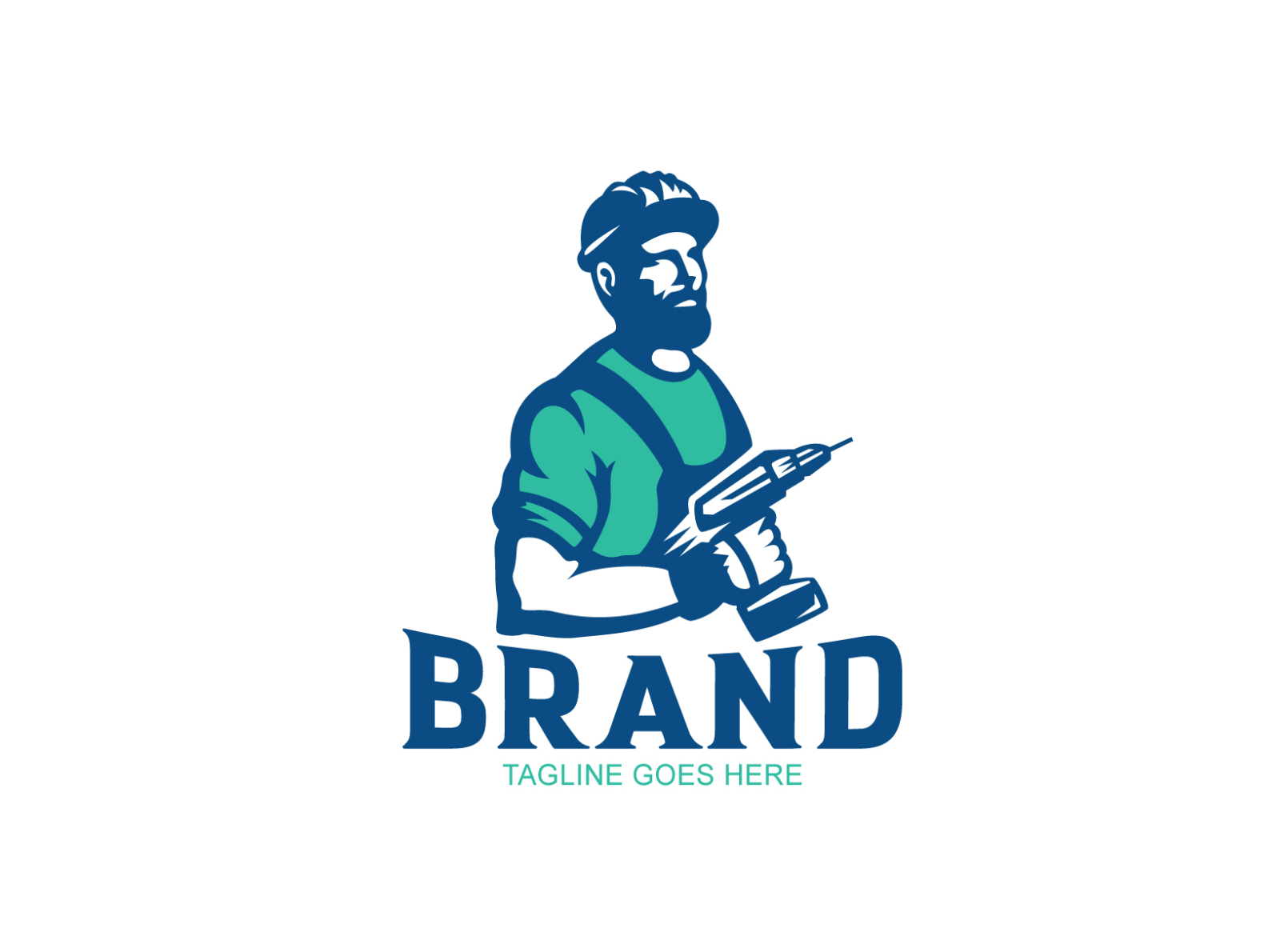
Your carpenter logo plays a vital role in shaping your brand identity and attracting potential clients. By incorporating classic tools, choosing the right typography and fonts, selecting an appropriate color palette, and utilizing design elements, you can create a memorable logo that represents your carpentry business effectively. Remember to keep your logo simple, versatile, and timeless to ensure longevity and relevance in the ever-changing market.
Barry Edwards is a digital marketing expert with a deep understanding of content strategy, logo, and branding principles. Holding a Bachelor’s degree in Marketing from Beaconhill College, he offers valuable insights on digital marketing trends and strategies through his writing. Follow Barry’s work to stay updated on the latest in online marketing and branding.
